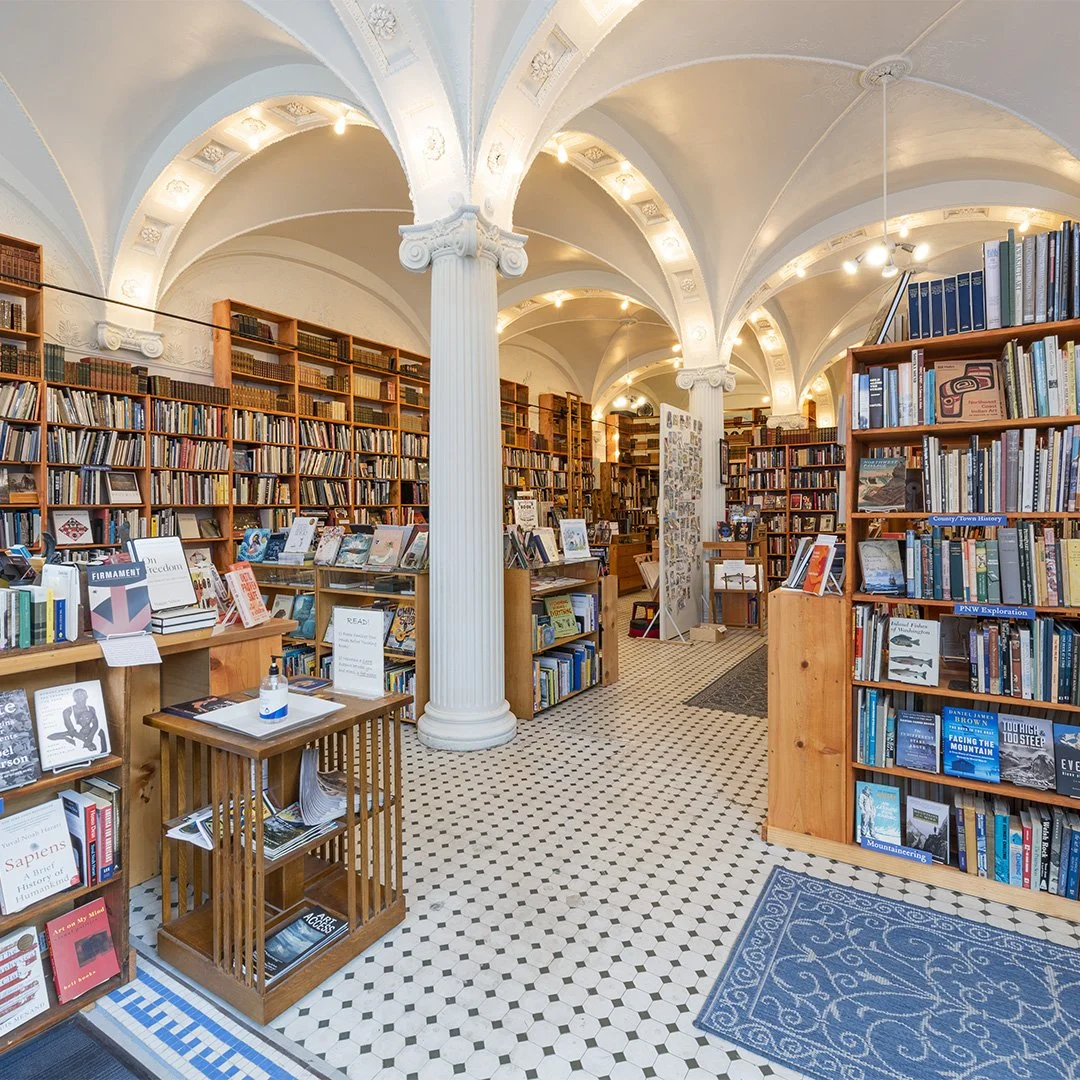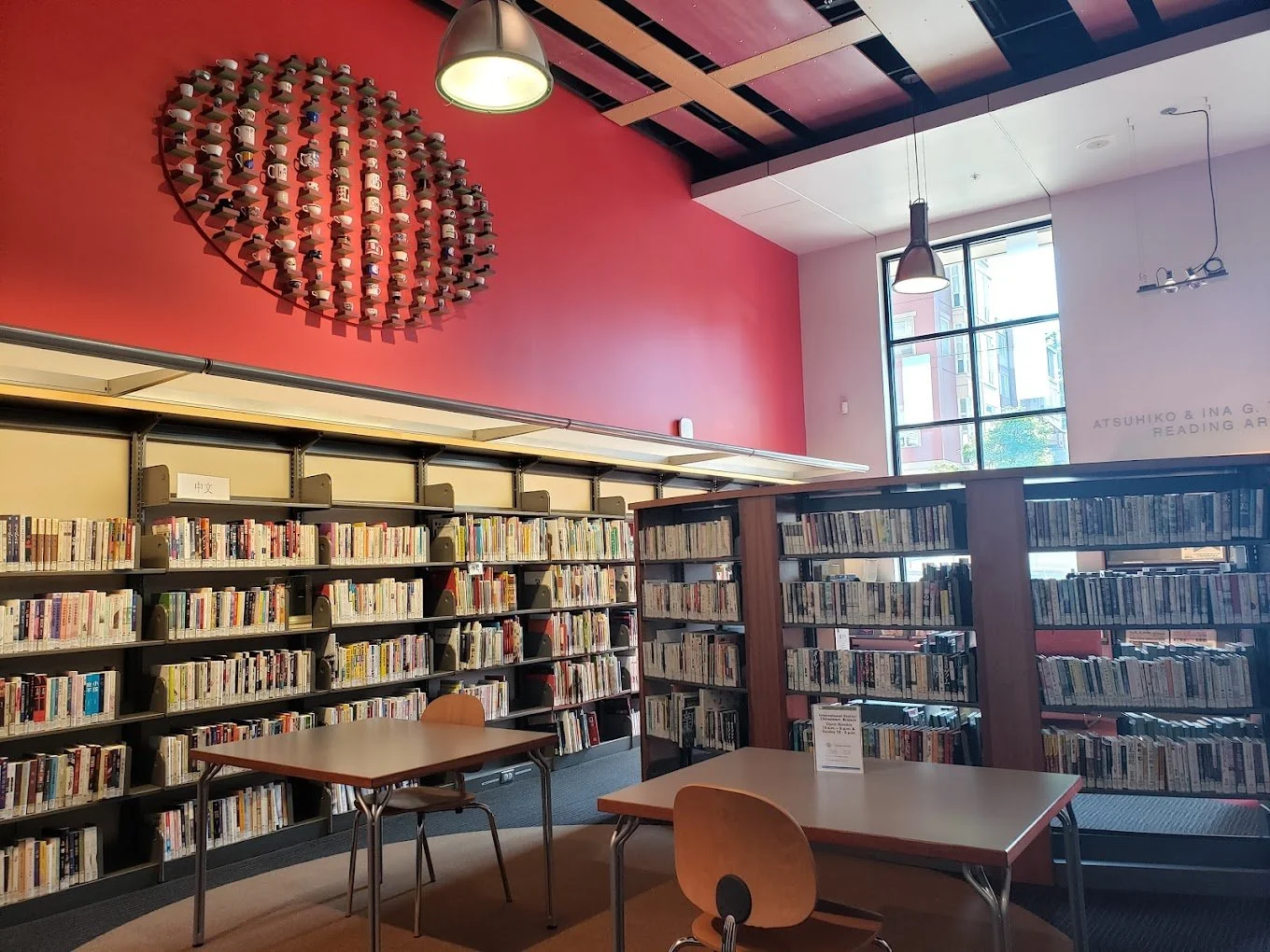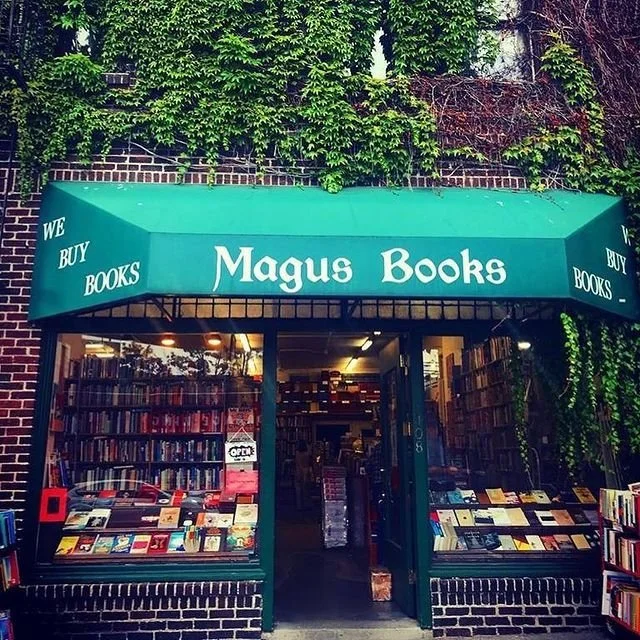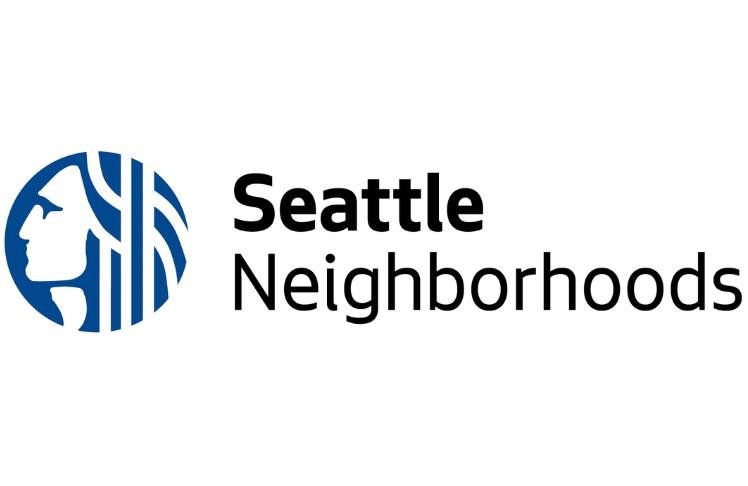You know that Seattle is made of stories—that’s one of the reasons we’re a UNESCO City of Literature. Now we’re telling these stories with a literary map of the city. Explore the interactive digital map below, pick up a copy at your local indie bookstore or library branch, or download a PDF of the map here.
How to Use This Map
Toggle the different category layers on and off by clicking the boxes in the upper right corner of the map, then scroll in to get a closer look at each neighborhood. Click on any icon to learn more about it. The icons mean:
Spotlight on Black, Brown, Indigenous, and Asian-led
Literary Organizations
Seattle’s literary community cannot thrive without the important work of many cultural organizations, particularly Black, Brown, Indigenous, and Asian-led, who support and nourish writers, readers and other literary institutions.
Here are a few of the organizations that enrich our City of Literature.
Neighborhood Spotlights
Some things to consider as you think of suggestions:
What has been the long-term impact on the community?
What has been the long-term impact on Seattle’s profile as a literary city and/or the regional literary scene?
If suggesting an author, did they reside in Seattle for substantial amount of time? ( In order to keep the list manageable, we’re only considering deceased authors at this time.)
This poetry grid was a project of Seattle’s first Civic Poet, Claudia Castro Luna. It traces the city in the voices of its citizens, from folks new to expressing themselves in poems to well-established and beloved writers. Click through to see the map and click on each dot to read a poem.
Acknowledgements
Territory Acknowledgement: This map is drawn on the traditional unceded territories of the Suquamish, Duwamish, Muckleshoot, and other Coast Salish signers of the Point Elliott Treaty. We honor their elders past, present, and future, and thank them for their stewardship of this land.
“Maps have behaved throughout history as pieces of literature or devices of expression used to advance particular agendas. The image of a physical place, seen from above, gives a sense of wholeness, of truth. Maps have the power to give a physicality to places and things that do not exist”
Seattle City of Literature acknowledges the colonial roots of mapping as a world-building endeavor. Maps tell one story of a place. This can be, and has been, used for harm. But it can also be a way to reshape the narrative of a place. At its most essential, this map strives to tell the story of Seattle’s stories.
Credits
Graphic design by Erin Shigaki
Map design by Gregory Woolston
Copy by Seattle City of Literature
Thank you to all of the community members who identified people and places to include, and helped make this map happen. We’re particularly grateful for the input of these individuals and organizations:
Frank Abe (Author), Iisaaksiichaa Ross Braine (University of Washington), Jim Cantú (El Centro de la Raza), Claudia Castro Luna (Author), Jill LaPointe (Lushootseed Research), Tim Lennon (LANGSTON), Jolene Haas (The Duwamish Tribe), Elisheba Johnson (Wa Na Wari), Stephanie Johnson-Toliver (Black Heritage Society of Washington), Rosemary Jones (The National Nordic Museum), Karen Maeda Allman (Elliott Bay Book Company), Miguel Maestes (El Centro de la Raza), Christina Roberts (Indigenous Peoples Institute, Seattle University), Jazmyn Scott (Arte Noir)
Tracey Wickersham (Visit Seattle), Inye Wokoma (Wa Na Wari).
Thank you to Our Funders
Funding for this project was provided by Seattle’s Office of Arts and Culture, the Amazon Literary Partnership, 4Culture, the Neighborhood Matching Fund from the Seattle Department of Neighborhoods*, and generous community donors.
*This project has been funded in part by the Neighborhood Matching Fund Program of the Seattle Department of Neighborhoods. The information contained herein does not necessarily reflect the policies, plans, beliefs, conclusions, or ideas, of the City of Seattle. The City does not warrant the accuracy of any of the information, ideas, conclusions, or information, contained in this document.























![OAC_logo[blue-rgb].png](https://images.squarespace-cdn.com/content/v1/5aea36eb3e2d09e40552024b/1549668415681-23XO71H2BX4OQBR6GHFD/OAC_logo%5Bblue-rgb%5D.png)
